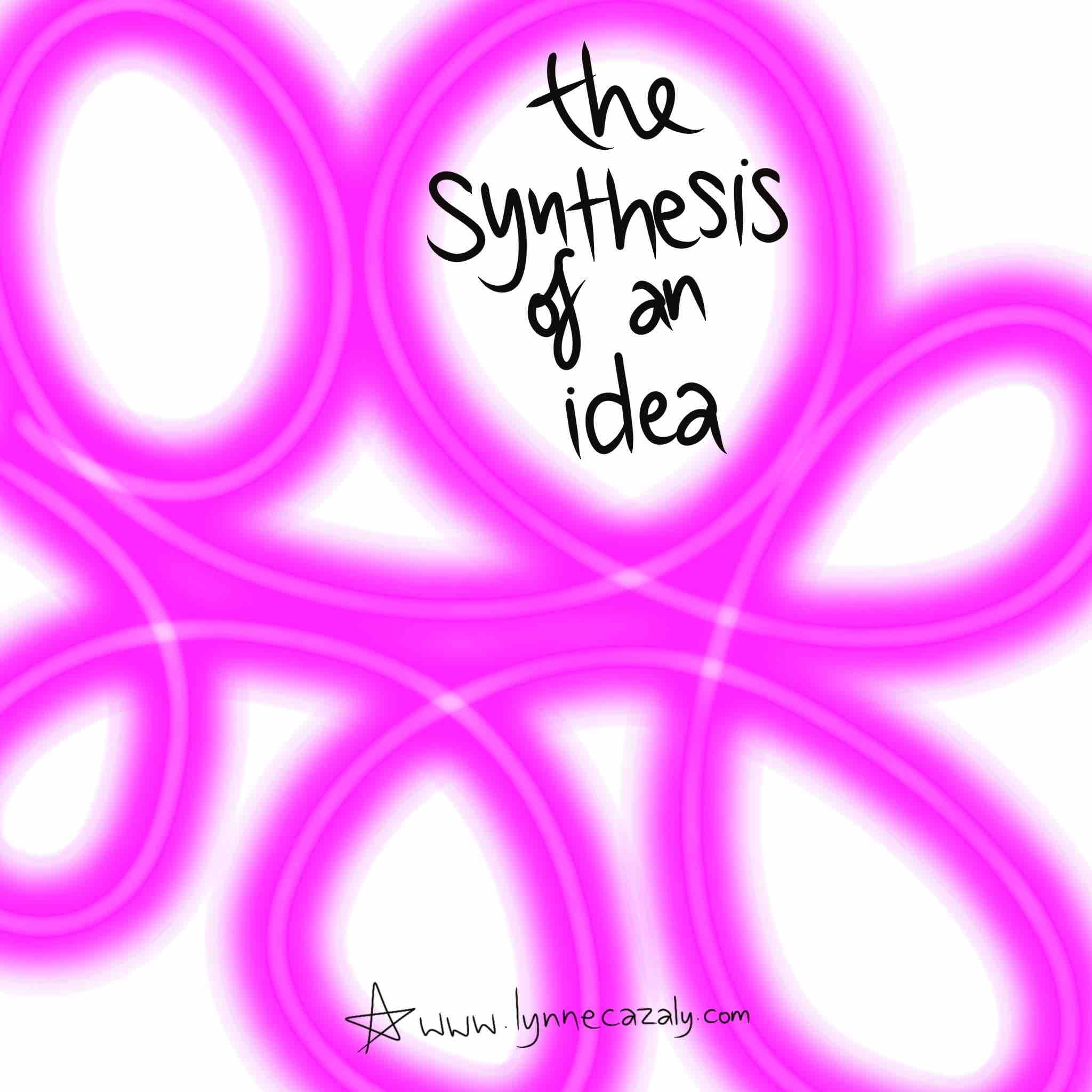The synthesis of an idea
 Monday, August 17, 2020 at 8:35AM
Monday, August 17, 2020 at 8:35AM  Many people waffle. On and on.
Many people waffle. On and on.
Not conscious of the passing of time.
As the talking continues, it’s harder to hold the thread of the information and it’s more challenging for us to keep paying attention.
With increased stress and uncertainty in these times, most of us are experiencing reduced capabilities. It's tougher to take in information and process it effectively, for example.
We must consider how we package information for people: presenting it in ways that make it easier to take in, quicker, clearer.
Just talking, endlessly, won’t land an idea.
Synthesis is a tool.
It’s how you analyze everything, bringing all of the parts together, reducing it down to something that can be taken on. It's not simplifying. It's synthesising.
And it helps people better take up information in times of pressure, challenge and uncertainty.
Edit again and make it shorter.
Cut and carve up for shorter sentences.
Package it up, in a package.
That information you’re about to send ... revisit it and see how you can synthesise it further.
Help the receivers do less work.



















